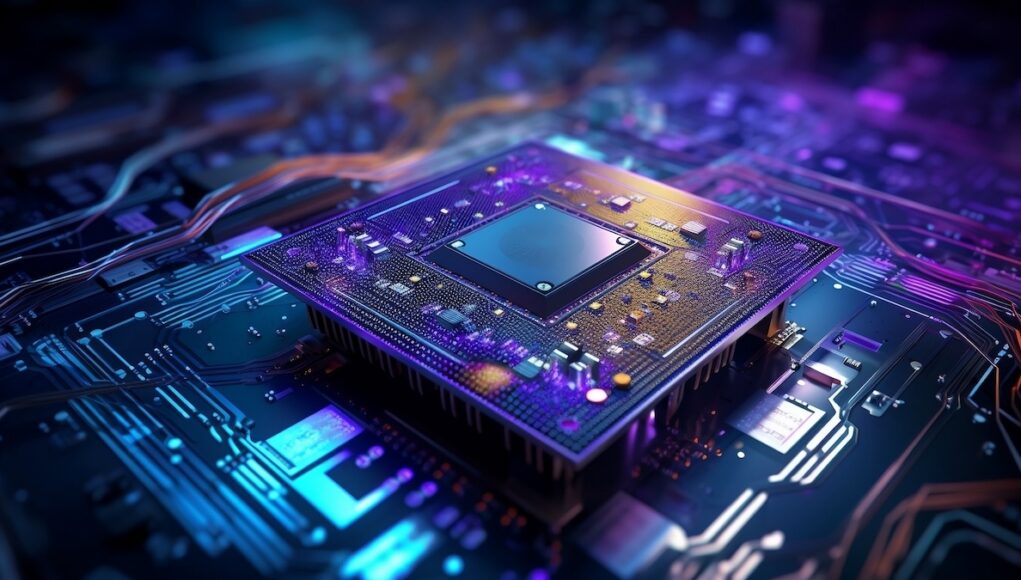Hardware Researchers Expose $50 Device Breaching Intel and AMD
Imagine compromising advanced processor security technologies with a device that costs less than a fancy dinner—sounds like a hacker’s dream, right? Thanks to researchers from KU Leuven, University of Birmingham, and Durham University, this isn’t just speculation anymore.
The Battering RAM Attack: A Game-Changing Hardware Vulnerability
The newly disclosed “Battering RAM” attack represents a paradigm-shifting approach to hardware security exploitation. By utilizing a simple $50 interposer device strategically placed between a CPU and DRAM memory, researchers have demonstrated a method that can bypass sophisticated security protections from industry titans Intel and AMD.
What makes this discovery particularly alarming is its elegance and simplicity. The interposer—a small hardware component—can silently redirect protected memory addresses, effectively rendering current confidential computing technologies vulnerable.
Understanding the Technical Landscape
To comprehend the significance, let’s break down what’s really happening. Modern processors like those from Intel and AMD include advanced security features such as:
- Intel SGX (Software Guard Extensions)
- AMD SEV-SNP (Secure Encrypted Virtualization)
These technologies are designed to create secure “enclaves” within computer memory, protecting sensitive data from potential breaches. The Battering RAM attack effectively punches a hole in these digital fortresses.
Dr. Emma Richardson, a cybersecurity expert not involved in the research, commented: “This demonstrates that hardware vulnerabilities can be far more fundamental and challenging to address than traditional software exploits. It’s a wake-up call for the entire tech industry.”
Real-World Implications and Attack Scenarios
While the attack requires physical device access—which might seem limiting—the researchers highlight several practical scenarios:
- Data center technician interventions
- Brief physical access opportunities
- Supply chain attacks targeting memory modules
The current proof-of-concept works specifically with DDR4 memory, but researchers believe similar techniques could potentially extend to newer DDR5 technologies.
Industry Response and Future Outlook
Both Intel and AMD have published security advisories, essentially stating that physical access attacks fall outside their current threat models. Intel suggests using Total Memory Encryption – Multi-Key (TME-MK) as an additional protective measure.
Critically, the researchers confirmed that software or firmware updates cannot patch this vulnerability—a sobering revelation for cybersecurity professionals.
Key Takeaways for Tech Professionals
For IT managers and security professionals, this research underscores several crucial recommendations:
- Implement stringent physical access controls
- Continuously assess hardware supply chain security
- Stay informed about emerging hardware-level vulnerabilities
The full technical details are available in their research paper, with complete implementation information on their GitHub repository.
As hardware security continues evolving, one thing becomes crystal clear: in the digital arms race, today’s impenetrable fortress could be tomorrow’s vulnerable target.



